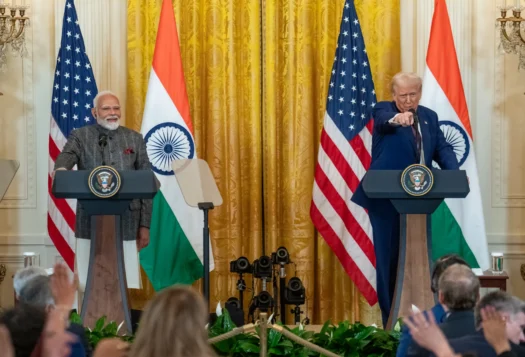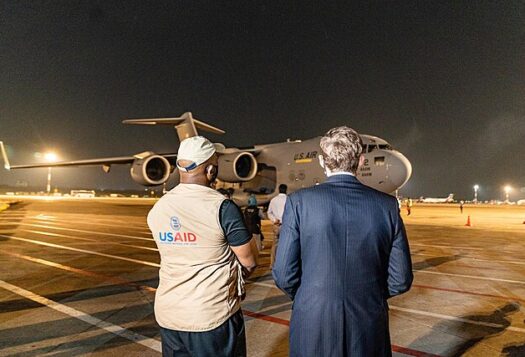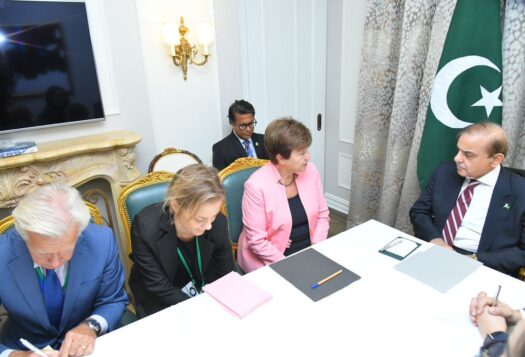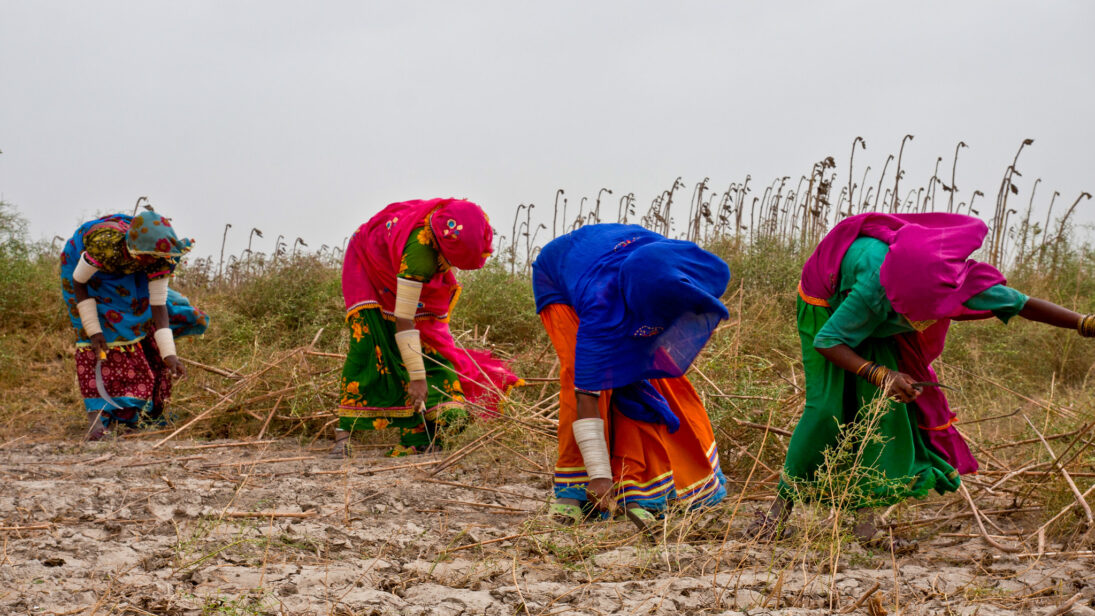
Although celebrating its 75th year of independence this August, Pakistan has yet to capitalize on its youthful population, especially its female youth, to further economic progress and expand its skilled workforce. Currently, roughly 44 percent of Pakistan’s population is counted as low income earning. By May of this year, the Pakistani rupee had fallen by 21.7 percent from the previous financial year and Pakistan’s trade deficits reached USD $48.66 billion. As the country pushes to the brink of bankruptcy, it is critical for Pakistan to evaluate all drivers of economic activity and size of the labor force. Despite making up 49 percent of the total population, women have a remarkably low participation rate of only 21 percent in the current workforce—with only 25 percent of women with a university degree working. With just male income-earners responsible for most middle-class households, the annual income per capita has declined in Pakistan over the years. Improving this situation calls for active participation of women across economic sectors. Participation of rural women in agrarian work, for instance, mostly goes unpaid and is considered a part of domestic duties. Meanwhile, Pakistan has the lowest number of entrepreneurs in the world, and only 8 percent of micro-small and medium size enterprises (MSMEs) are owned by women.
Empowering and including women in the economy could be the untapped potential necessary to drive growth and development that is essential for reviving a staggering economy. Pakistan’s GDP could increase by 60 percent by 2025 if the female labor force becomes equal to the male labor force. However, to improve the access of women to the workforce in Pakistan, a deep knowledge of cultural and institutional constraints is important. Pakistan has the lowest level of gender parity when compared with other South Asian states. Offering an important comparative context, Bangladesh’s recent progress is a compelling case in particular as it is a relatively younger country, also has a Muslim majority, and faced alarming levels of poverty in the past but has been able to revive its economy, literacy rate, life expectancy and increase women participation in the workforce to 35 percent in recent years. Bangladesh’s can offer a powerful lesson in successful policies that bring women into economic development.
Structural and Cultural Challenges for Pakistani Women
Living standards for many Pakistani women, and lack of access to health and education especially in rural areas are a substantial obstacle to economic empowerment. This is especially true in the former Federally Administered Tribal Areas (FATA) regions, where only 1 in 10 girls can read, and 50 percent of young girls have never stepped into a school. In Balochistan—which has the lowest female literacy rate of 24 percent in all of Pakistan’s provinces—67 percent of girls are out of school and female labor participation stands at just 4.9 percent. In addition, the health sector of rural sectors, especially the ex-FATA region, reflects dire conditions: women who give birth under medical care falls at around 26 percent in the ex-FATA regions. Lack of education, poor health, and absence from the formal economy eventually result in low levels of essential skillsets and financial independency.
Due to these structural and cultural challenges for women, Pakistan ranks only 129 out of 165 countries on the Sustainable Development Goals (SDG) ranking of 2021 and has exhibited dismal performance particularly on the Gender Equality SDG.
Cultural and institutional level patriarchy also presents a key hurdle to women’s empowerment in Pakistan. A girl child is seen as a burden in the family from the day of her birth and preference is given to male child. Poor educational and health levels, restriction on mobility, early and forced marriages, lack of division of domestic chores with male counterparts, unfavorable working conditions, discriminatory treatment, and unequal wages all inhibit women to actively participate in Pakistani economy.
Due to these structural and cultural challenges for women, Pakistan ranks only 129 out of 165 countries on the Sustainable Development Goals (SDG) ranking of 2021 and has exhibited dismal performance particularly on the Gender Equality SDG. Data shows that the female unemployment rate has increased from 9 to 10 percent. As a comparison Bangladesh has shown remarkable progress in terms of female inclusion in their workforce in recent years, leading to a positive impact on their economies.
Lessons from Bangladesh’s Female Inclusion
For Pakistan to improve the participation of women in its economy, it can apply some of the lessons learned from Bangladesh’s inclusive policies. A comparative look at Bangladesh’s economic progress shows its commitment to raising the standards of living for women and girls in the last three decades. Increasing state capacity and political commitment to economic development has resulted in increased gender equality. In a country without significant natural resources, the emphasis on the development of human resources has become a part of Bangladesh’s national agenda for development in recent years. From 1970 to 2015, Bangladesh directed international aid towards Gender In Development (GID) and Gender And Development (GAD) projects. Three key areas where such programs focused include girl’s education, family planning, and micro-financing for women-run MSMEs to help mainstream women into the workforce.
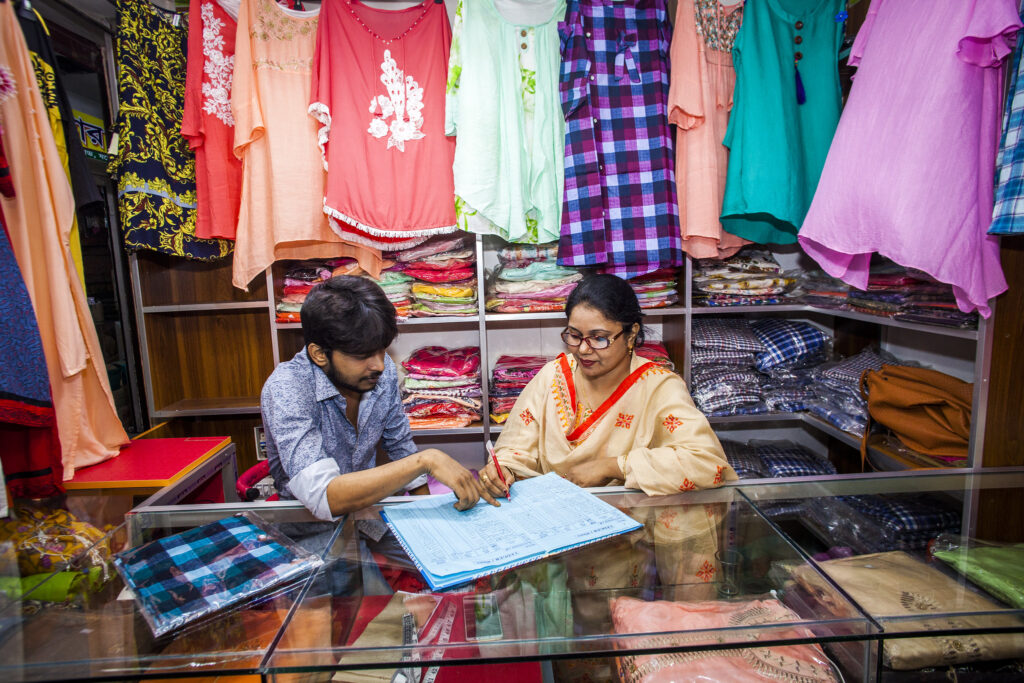
As a result, Bangladesh has seen widespread successes both for the personal welfare of women and for its economy overall. The maternal mortality rate was reduced from 472 per 100,000 live births in 1991 to 181 in 2015. There are currently more girls than boys attending Bangladeshi secondary schools, and more than 30 million women in Bangladesh are clients of microcredit organizations showcasing their direct interactions with the economy. In 2015, 23 million out of 26 million Micro-Finance Institute clients were women. Meanwhile, 15 percent of all Bangladesh Bank refinance capacities for the MSME sector have been allocated to women entrepreneurs. As a result of Bangladesh’s progressive policies, the World Bank estimates that female labor force participation rose by 10 percentage points between 2003 and 2016—improving the country’s overall economic growth via increased female workforce participation.
Similarly, Pakistan can replicate Bangladesh’s synergized developmental strategy where all stakeholders including state, civil society, and international donors can make a political commitment to such a developmental plan where women’s education and healthcare is a primary focus. A better educated and better provided for female labor force is key to economic development. One promising area for growth and innovation is the agricultural sector, which employs 65 percent of women working in Pakistan and contributes 18.9 percent to Pakistan’s GDP. Modernization in the agriculture could support in familiarizing women with innovative technological practices as well as empowering women in the agriculture sector to invest in the green tech revolution and improve the productivity rate via agri-businesses as agri-preneurs.
The dire economic stagnation and lack of gender parity in Pakistan can be addressed by the introduction of women-centric developmental strategies by state institutions, international aid organizations, and endorsement of women’s economic empowerment at local level leadership.
In addition, Pakistan has already signaled its focus on expanding its export base through the recent Strategic Trade Policy Framework (STPF 2020-2025), which also messaged a commitment to include local women in every sector and support female entrepreneurs. In the context of redirecting aid money to mainstream women in Pakistan, USAID and US Foreign Direct Investment programs are already investing in women’s education, health, and livelihoods. Meanwhile, U.S. Special Representative Dilawar Syed emphasized the initiation of joint ventures on agricultural technology, light engineering, processed food, financial services, retail, leather, and pharmaceuticals. Given this existing commitment to Pakistan’s economic growth, it can leverage this support and steers its economic, education and health policy to support greater women’s participation in workforce. For example, Pakistan can start by allocating special budget for women only income generating activities, education, and health. It can also work in coordination with USAID on improving the capacity of their existing programs. Pakistan can also facilitate the non-governmental organizations and finally it can effectively assist in removing the cultural barriers by implementing the laws on women protection and security. Such policies will increase the size of Pakistan’s workforce to enable new frontiers for economic growth.
Women at Work Empower the Economy
The dire economic stagnation and lack of gender parity in Pakistan can be addressed by the introduction of women-centric developmental strategies by state institutions, international aid organizations, and endorsement of women’s economic empowerment at local level leadership. Community level programs can invest in building the sense of urgency to invest in women education, health, encourage entrepreneurship, with the intention of building a women workforce; that is skilled and facilitated at state and community level to corresponding industry and production requirements. This investment will be effective in twofold manner: first, internally, it will help drive the young female population’s appetite to achieve milestones in education, health, and contribute to innovation and in turn to the growth of economy. Externally, Pakistan’s untapped female skilled labor can help position Pakistan better in the competition with the regional and global economies. Calling for the female youth towards action and share responsibility, while also preparing and training this potential workforce can enable Pakistani women to help the state and its communities in overcoming the economic and development challenges.
***
Image 1: Asian Development Bank via Flickr
